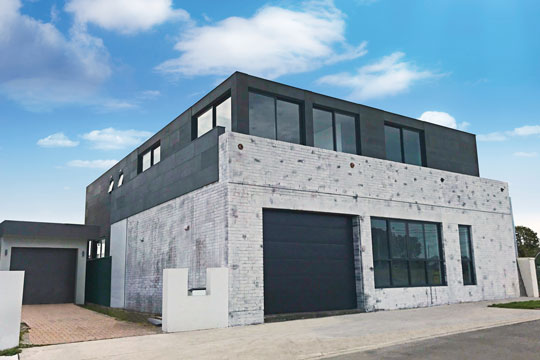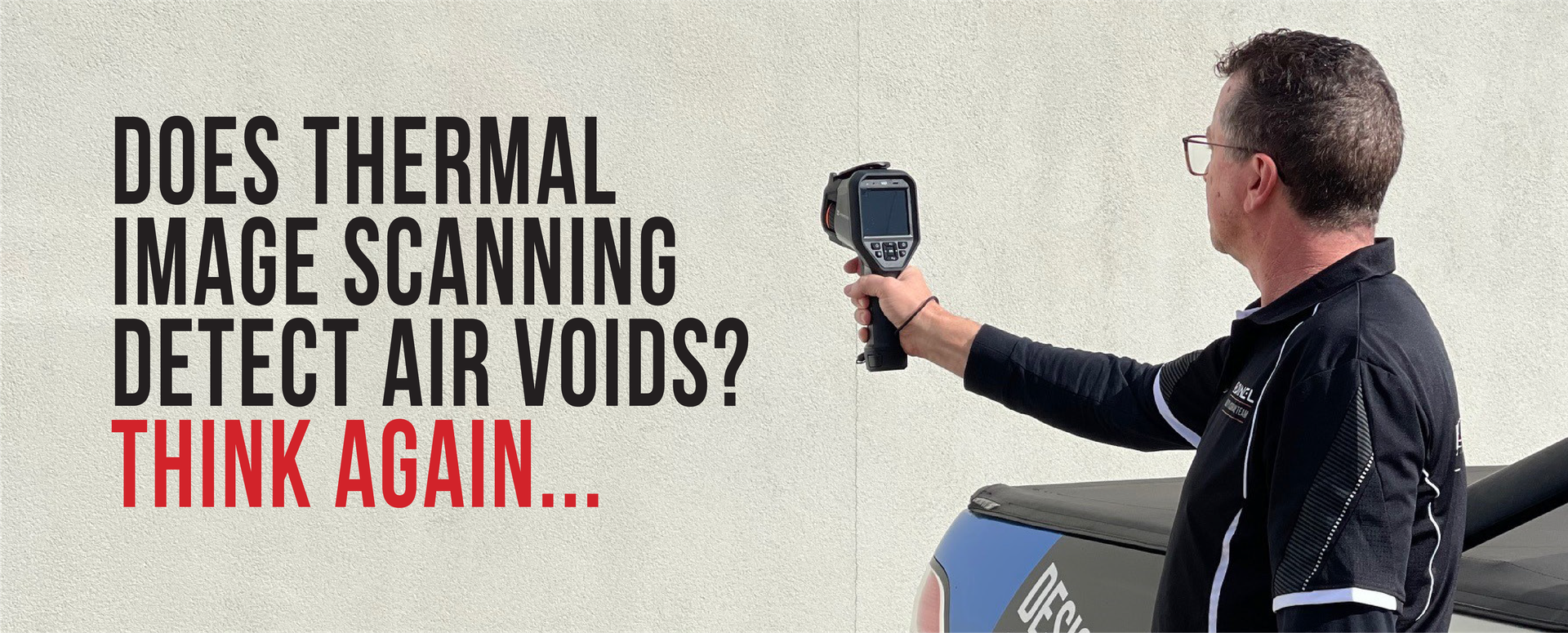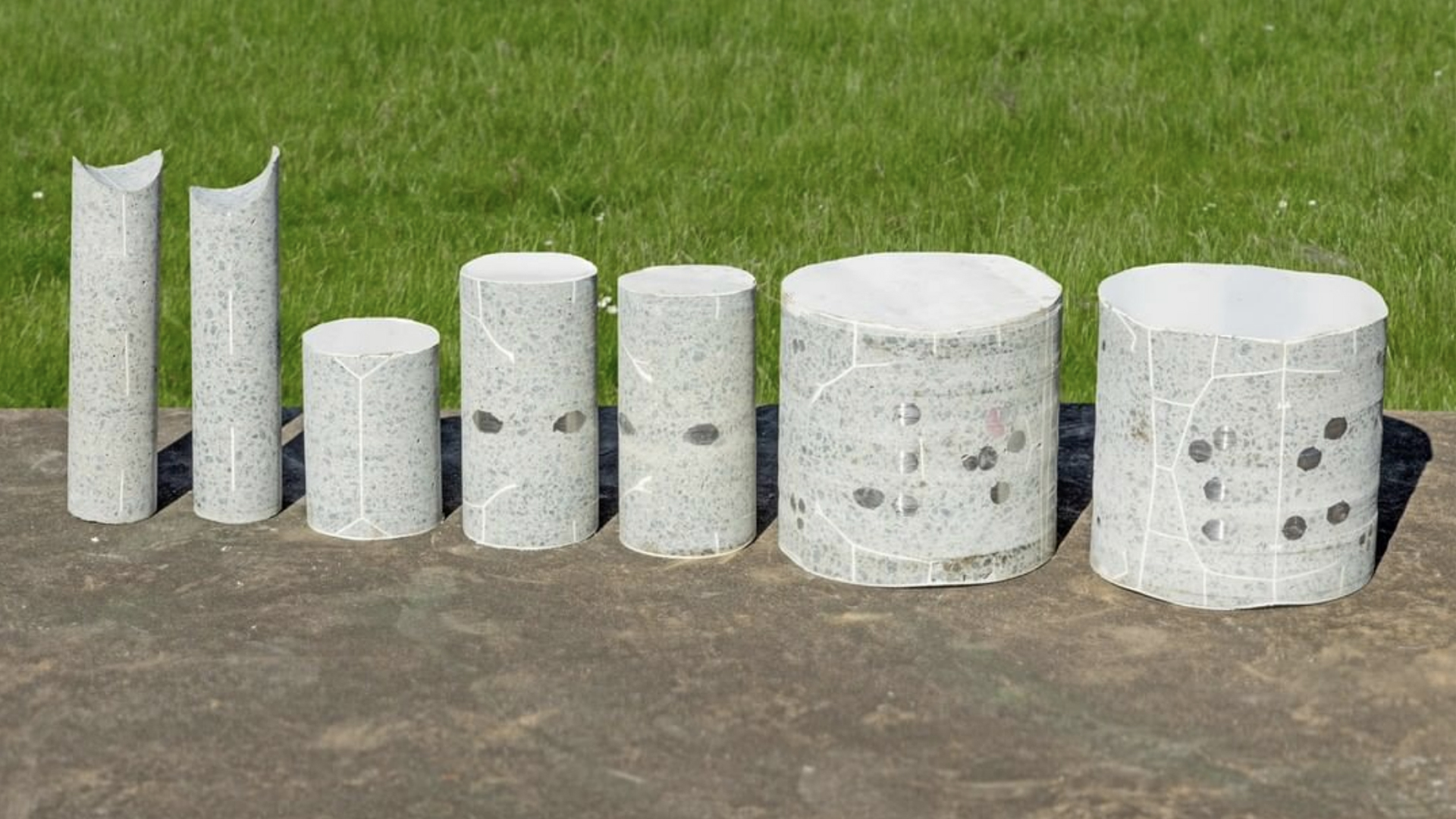Eliminating the Risk of Air Voids in Concrete Walls
Published 08 November 2024
Voids in concrete walls are a common challenge in the construction industry, presenting serious risks to a building’s structural integrity. If not addressed, these air pockets can result in various complications, including reduced load-bearing capacity and potential structural failure, making it crucial to understand the factors that contribute to their formation to tackle the issue effectively.
Download this paper for a deep dive into the causes and effects of voids in concrete walls, offering architects practical insights and best practices for mitigation in both small and large-scale projects.
Download the white paper for Eliminating the Risk of Air Voids in Concrete Walls 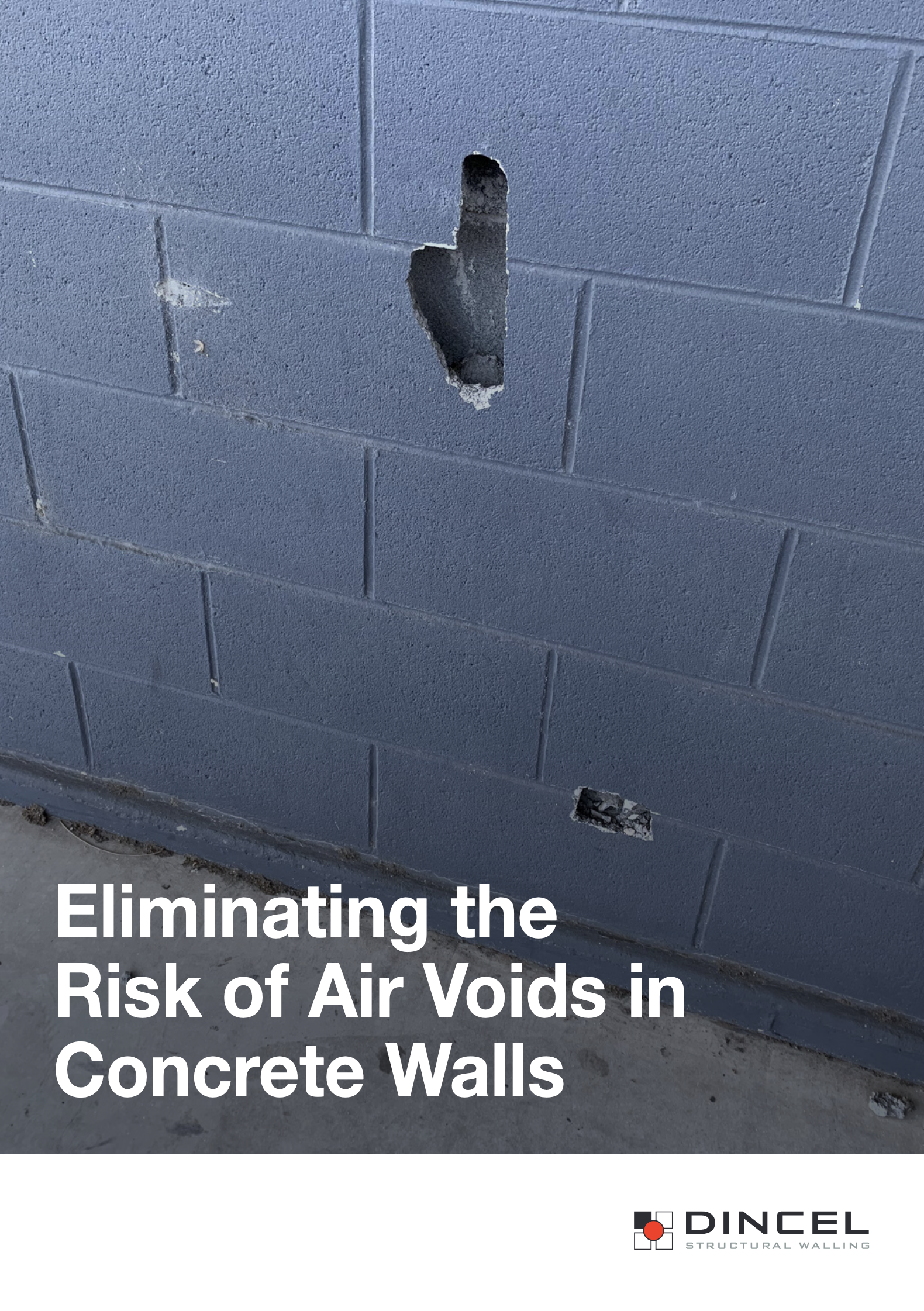
Recent Articles
-
Merry Christmas and Happy New Year!
Published December 2025 -
Dutton Park, Queensland
Published June 2025 -
Marrickville development
Published March 2025 -
Eliminating the Risk of Air Voids in Concrete Walls
Published November 2024 -
Key Issues & Attributes To Consider When Selecting Dincel
Published September 2024 -
Does Thermal Image Scanning Detect Air Voids?
Published August 2024 -
Can Basement Mould Affect The Rest Of The Building?
Published July 2024 -
A Guide to NCC Fire Compliance
Published May 2024
Archive
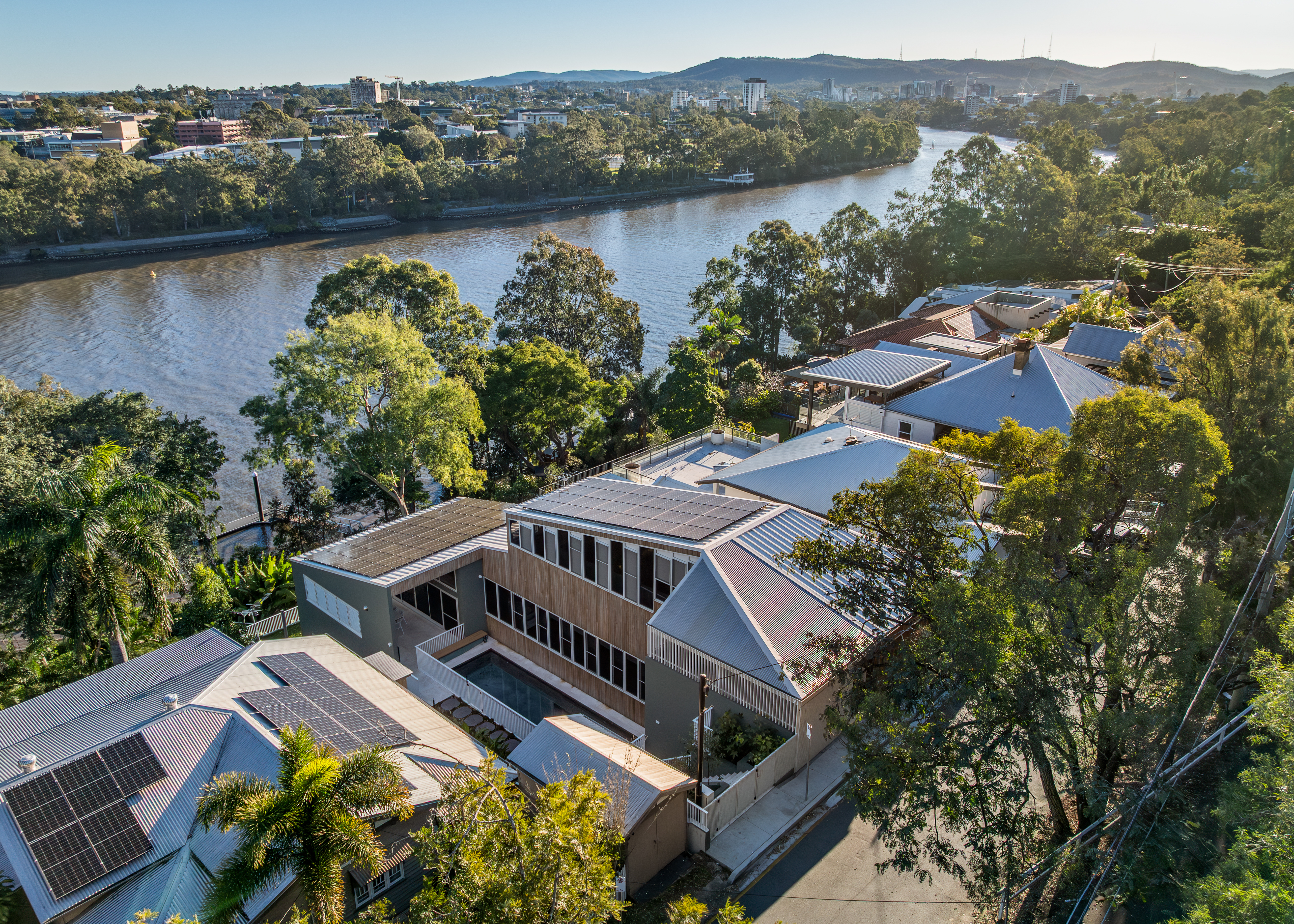
Dutton Park, QueenslandJune 2025
Perched on a dramatically steep plot in Dutton Park, Queensland, the four-level home alongside Borva Street epitomises the unbound potential of ingenuity and innovation in modern construction. Read on to find out how Dincel Structural Walling made this seemingly impossible build, possible.
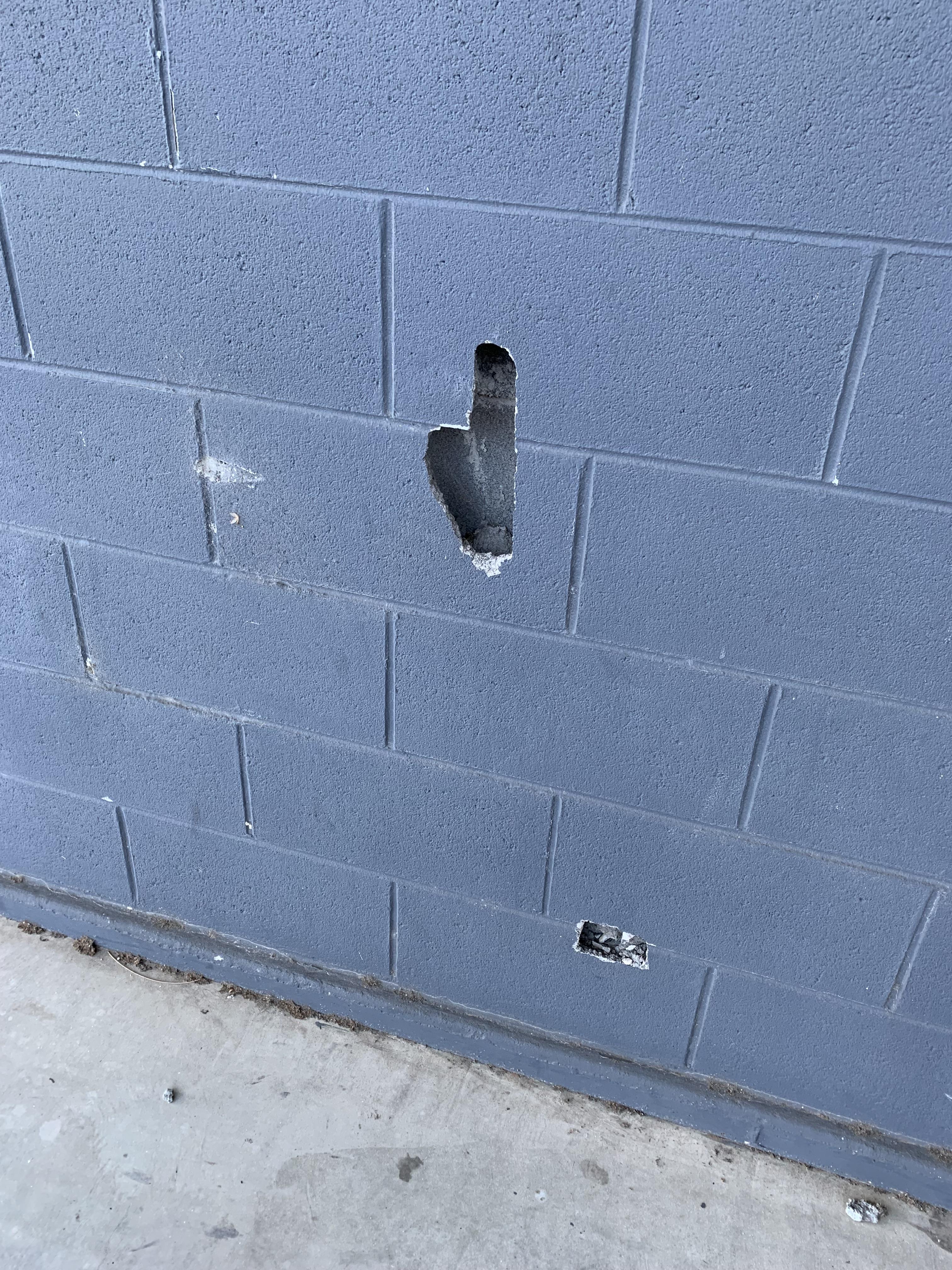
Eliminating the Risk of Air Voids in Concrete WallsNovember 2024
Voids in concrete walls are a common challenge in the construction industry, presenting serious risks to a building’s structural integrity. If not addressed, these air pockets can result in various complications, including reduced load-bearing capacity and potential structural failure, making it crucial to understand the factors that contribute to their formation to tackle the issue effectively.
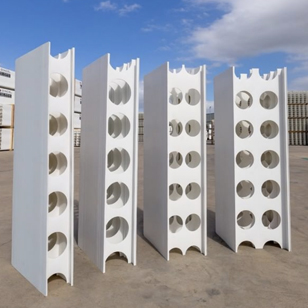
Key Issues & Attributes To Consider When Selecting DincelSeptember 2024
Permanent Polymer Formwork (PPF), such as Dincel, consists of a PVC shell which is filled with conventional or Self Compacting Concrete (SCC). PPF walls are different to conventional concrete walls such as precast or walls cast in-situ with removable formwork or masonry walls and have significant advantages over these conventional walling types, which will be discussed later in this paper.
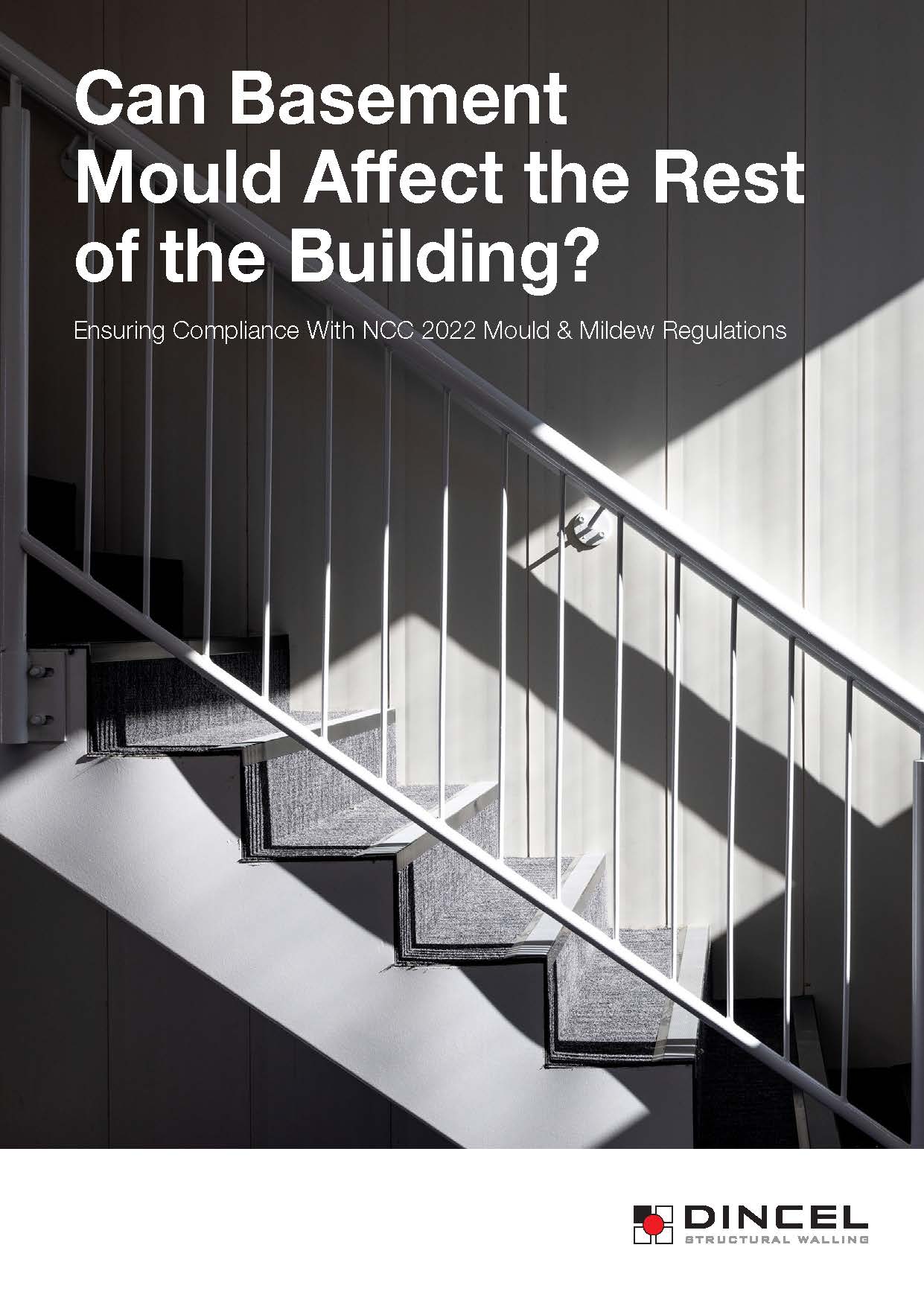
Can Basement Mould Affect The Rest Of The Building?July 2024
If you design a basement that is susceptible to mould, you are likely contributing to a building that is non-compliant with the National Construction Code’s mould and mildew regulations. This whitepaper discusses the issues surrounding basement mould and how recent studies and industry developments are impacting the design and specification of basement waterproofing solutions.
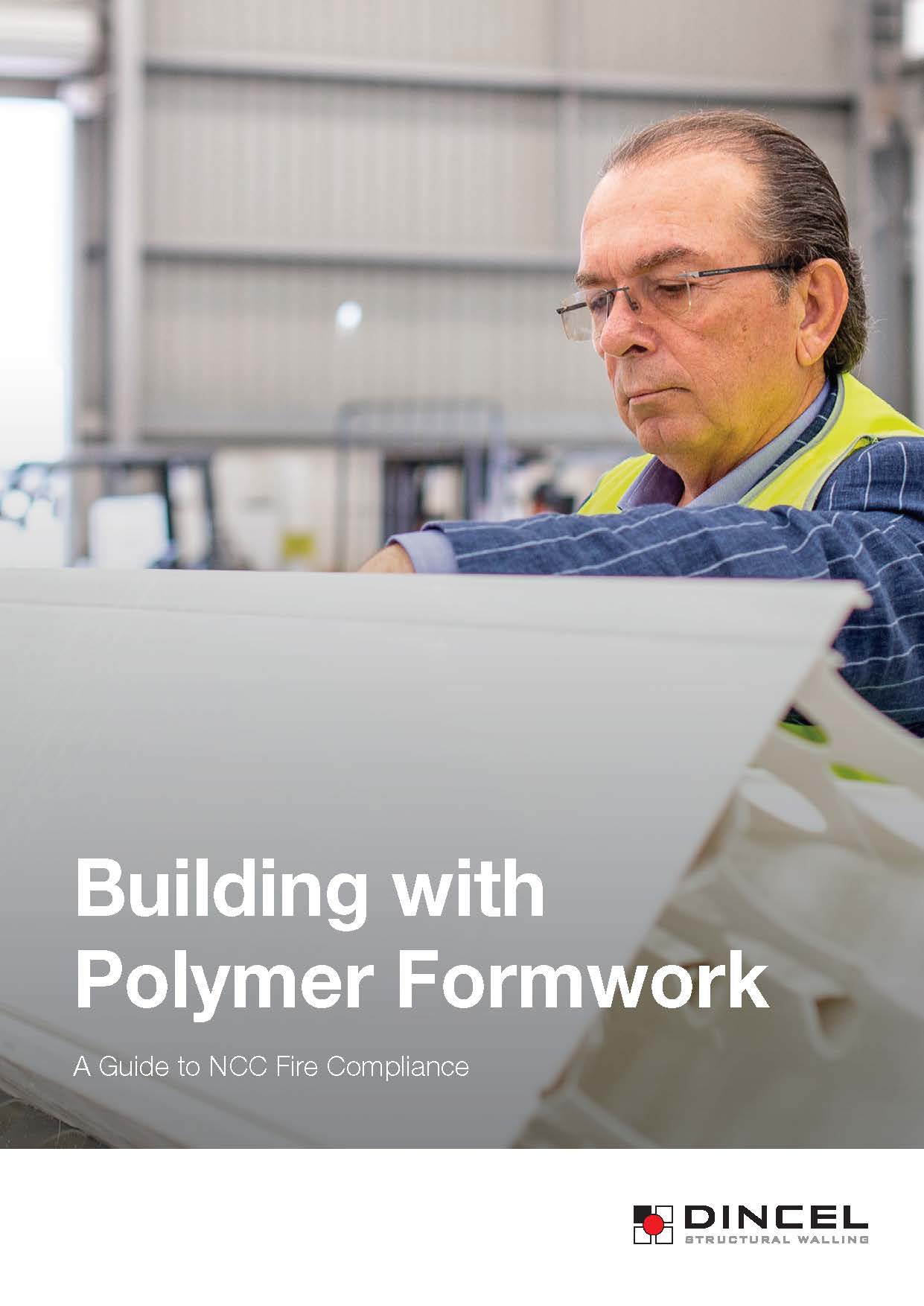
A Guide to NCC Fire ComplianceMay 2024
With fire regulations constantly evolving, fire compliance is critical for building professionals. It is thus timely to examine current fire compliance requirements, the methods to prove compliance with the National Construction Code (NCC), and how these issues relate to polymer formwork wall systems for internal and external walls.

Water Leaking At The Basement WallApril 2024
With rising urban densities, building height restrictions and owners looking to add value to their property, the inclusion of basements and other habitable below-ground spaces in new builds is quickly becoming common practice throughout Australia. Due to this trend, there is now a greater demand for effective waterproofing design and installation solutions that will ensure the success of projects for all parties involved.
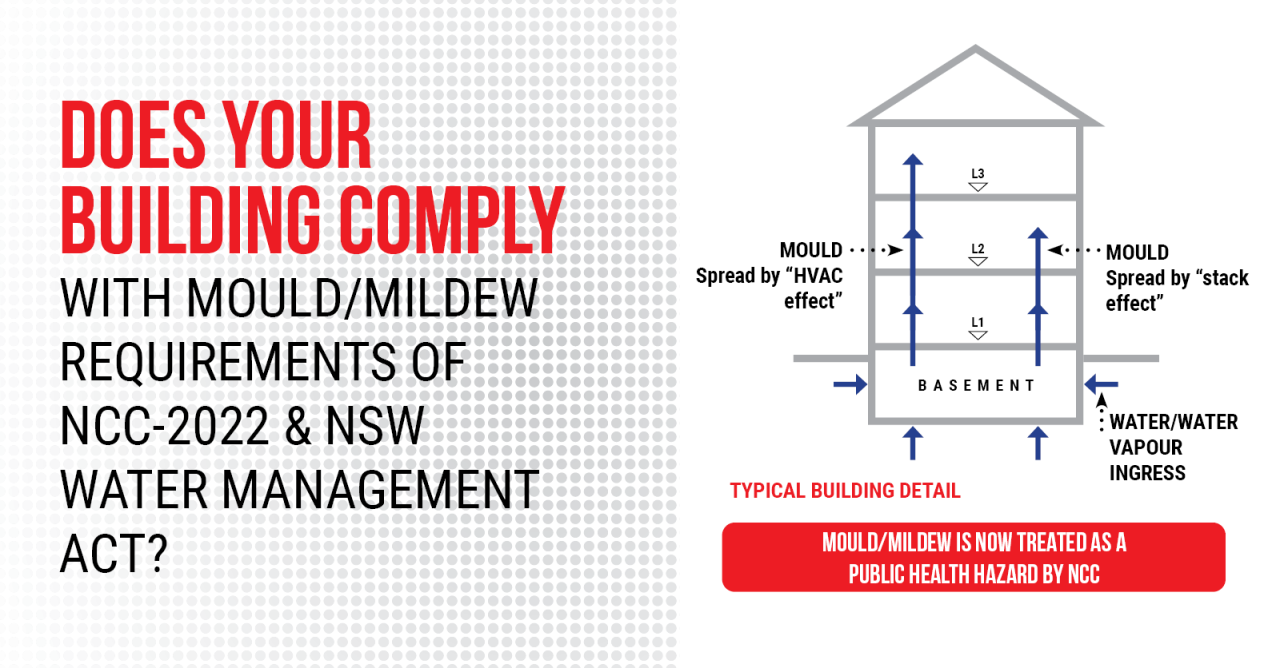
Does Your Building Comply With Mould/Mildew Requirements of NCC-2022 & NSW Water Management Act?January 2024
The health of building occupants can be affected if the internal surface of an external (façade and basement) wall demonstrates mould/mildew and fungus development. There are two conditions for these problems to emerge: (a) the presence of water vapour and (b) the availability of nutrients.

